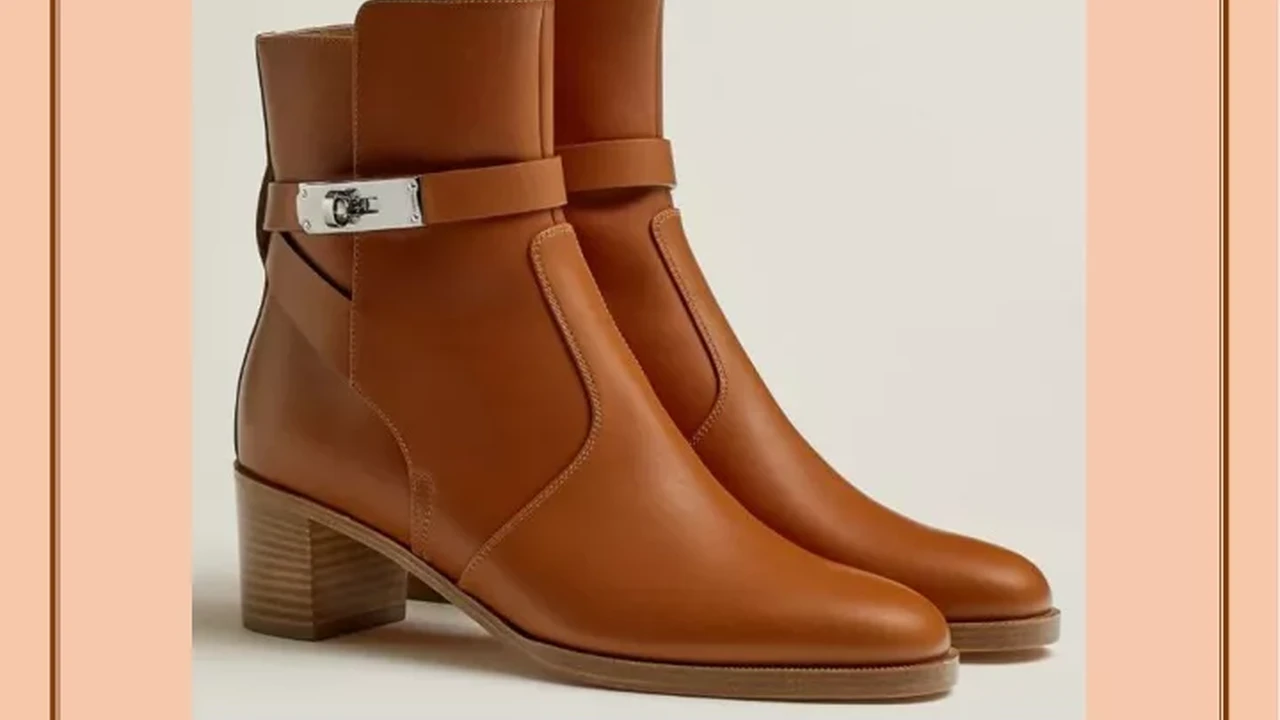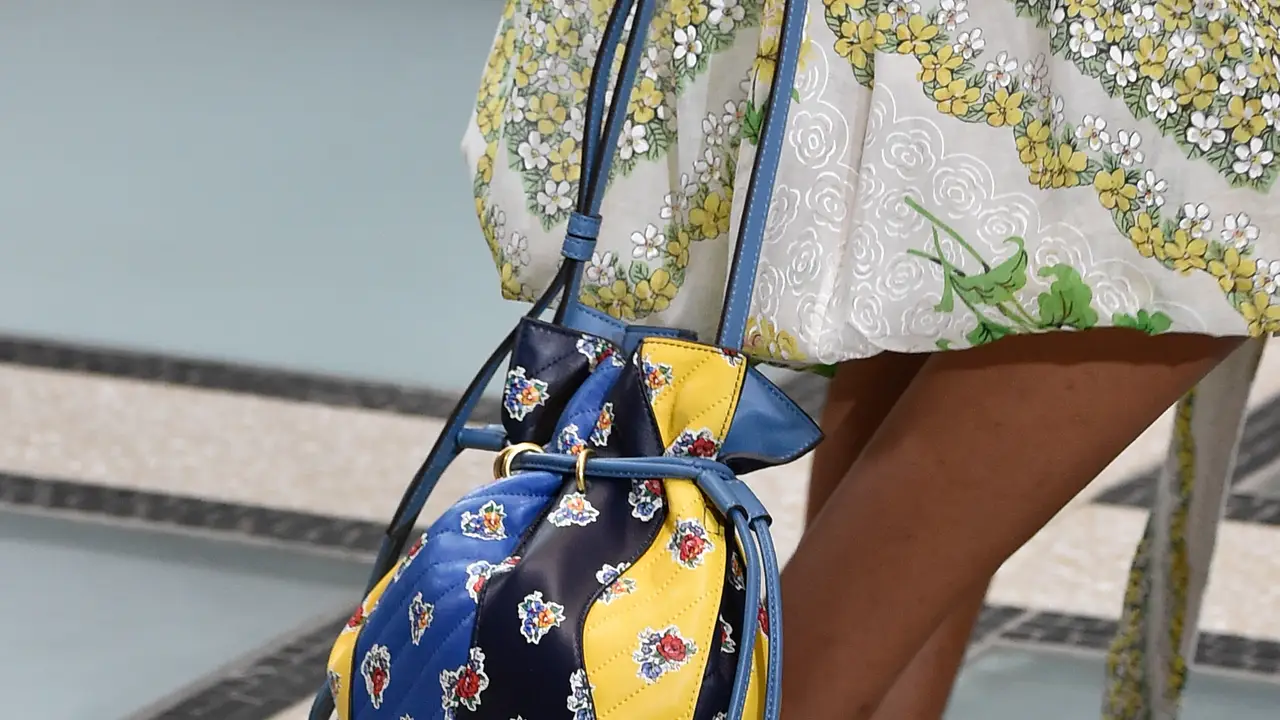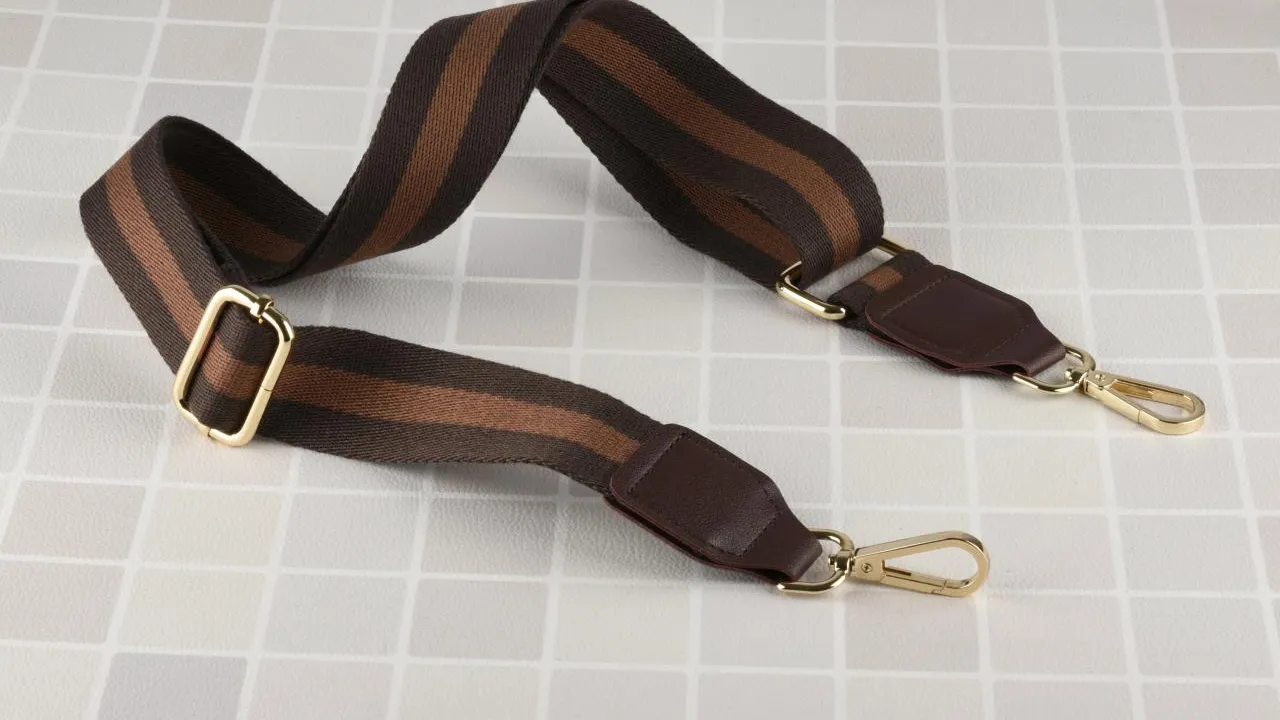The Cultural Significance of Handbags in Southeast Asia
Explore the cultural significance of handbags in Southeast Asia. Learn about traditional designs and their meanings.

Handbags as Cultural Symbols in Southeast Asia
Southeast Asia, a region rich in history and diverse cultures, showcases a fascinating array of traditions reflected in everyday items, including handbags. More than just accessories, handbags in Southeast Asia often embody cultural identity, social status, and artistic expression. Let's delve into the intricate world of Southeast Asian handbags and uncover their hidden meanings.
Traditional Materials and Techniques: A Heritage Woven into Every Stitch
The materials used in crafting handbags often hold deep cultural significance. For example, in Indonesia, batik fabric, renowned for its intricate wax-resist dyeing technique, is frequently used. Each motif and color can represent a specific region, family, or social standing. Similarly, in Thailand, silk bags adorned with intricate embroidery tell stories of royal heritage and craftsmanship. The weaving techniques themselves, passed down through generations, are a testament to the region's rich artistic heritage. Consider the meticulous process of creating a rattan bag in the Philippines, where skilled artisans painstakingly weave the natural fibers into durable and beautiful designs. These aren’t just bags; they’re portable pieces of art.
Specific Handbag Styles and Their Cultural Meanings
Different handbag styles carry unique cultural connotations. In Vietnam, the iconic conical hat, often seen in rice paddies, has inspired the creation of cone-shaped bags, symbolizing the country's agricultural roots and resilience. In Malaysia, the traditional "songket" fabric, woven with gold or silver threads, is used to create opulent handbags, often reserved for special occasions and ceremonial events. These bags represent prosperity and status. Even the way a bag is carried can convey meaning. A small, intricately beaded bag might be carried by a young woman as a symbol of her femininity and grace, while a larger, more practical bag might be carried by a businesswoman, signifying her independence and competence. Let's look at some specific examples:
- Indonesia: Batik bags (various shapes and sizes) – Represent regional identity, social status, and artistic expression.
- Thailand: Silk embroidered bags – Symbolize royal heritage and skilled craftsmanship.
- Vietnam: Cone-shaped bags (inspired by conical hats) – Represent agricultural roots and resilience.
- Malaysia: Songket bags – Symbolize prosperity and status, often used for special occasions.
- Philippines: Rattan bags – Showcase the natural beauty of the region and the skill of local artisans.
The Influence of Religion and Spirituality on Handbag Design
Religion and spirituality also play a significant role in handbag design. In countries with a strong Buddhist influence, such as Thailand and Myanmar, you might find bags adorned with lotus flower motifs, symbolizing purity and enlightenment. In Muslim-majority countries like Malaysia and Indonesia, geometric patterns and calligraphy inspired by Islamic art are frequently incorporated. These designs not only add aesthetic appeal but also serve as reminders of faith and spiritual values. For example, prayer beads are sometimes integrated into the design of smaller bags, providing a convenient and discreet way for individuals to practice their faith throughout the day.
Handbags as Status Symbols: A Reflection of Social Standing
In many Southeast Asian societies, handbags serve as visible indicators of social status. Luxury brands, both local and international, are highly coveted, and owning a designer bag can signify wealth and influence. However, the concept of status extends beyond just brand names. The quality of materials, the intricacy of the design, and even the way a bag is presented can all contribute to its perceived value. A hand-stitched bag made from rare silk might be considered more prestigious than a mass-produced designer bag, highlighting the importance of craftsmanship and artistry. This emphasis on quality and uniqueness reflects a broader cultural appreciation for handmade goods and traditional skills.
The Evolution of Handbags in Modern Southeast Asia: Blending Tradition with Contemporary Trends
While traditional designs remain popular, handbags in Southeast Asia are also evolving to reflect contemporary trends and lifestyles. Designers are increasingly incorporating modern materials and techniques while still drawing inspiration from their cultural heritage. This fusion of tradition and innovation is creating a new generation of handbags that are both stylish and meaningful. For example, you might find a batik bag with a modern silhouette or a rattan bag with a sleek, minimalist design. This evolution ensures that handbags continue to play a relevant role in the lives of Southeast Asians, representing their past while embracing the future.
Recommended Handbag Products Reflecting Southeast Asian Culture
Here are a few specific handbag recommendations that highlight the cultural significance of handbags in Southeast Asia, along with their usage scenarios, comparisons, and pricing (estimated):
- Batik Tote Bag (Indonesia):
- Description: A spacious tote bag made from high-quality batik fabric with intricate patterns.
- Usage Scenario: Ideal for everyday use, shopping, or carrying books.
- Comparison: Compared to plain tote bags, this one showcases Indonesian artistry and culture. Compared to luxury leather totes, this is more affordable and culturally relevant.
- Price: $50 - $150 (depending on the quality of the batik)
- Silk Embroidered Clutch (Thailand):
- Description: A small, elegant clutch made from Thai silk with delicate embroidery depicting traditional motifs.
- Usage Scenario: Perfect for formal events, weddings, or special occasions.
- Comparison: More elegant and culturally significant than a simple evening clutch. Can be more expensive than synthetic clutches but offers superior quality and craftsmanship.
- Price: $80 - $250 (depending on the silk quality and embroidery detail)
- Rattan Crossbody Bag (Philippines):
- Description: A lightweight and durable crossbody bag made from handwoven rattan.
- Usage Scenario: Great for travel, exploring local markets, or everyday errands.
- Comparison: More sustainable and unique than mass-produced nylon crossbody bags. Offers a natural and earthy aesthetic.
- Price: $40 - $120 (depending on the size and complexity of the weave)
- Songket Handbag (Malaysia):
- Description: A luxurious handbag made from traditional Songket fabric, often featuring gold or silver threads.
- Usage Scenario: Best for formal events, cultural celebrations, or as a statement piece.
- Comparison: Compared to other formal bags, the Songket handbag showcases Malaysian heritage and craftsmanship. More expensive due to the intricate weaving process and precious metal threads.
- Price: $200 - $500 (depending on the quality of the Songket and embellishments)
Where to Find Authentic Southeast Asian Handbags
Looking for authentic Southeast Asian handbags? Here are a few places to start:
- Local Markets: Explore markets in cities like Bangkok, Hanoi, and Bali for unique, handcrafted bags.
- Artisan Shops: Seek out local artisan shops for high-quality, ethically made handbags.
- Online Marketplaces: Sites like Etsy and specialized online boutiques offer a wide selection of Southeast Asian handbags.
- Department Stores: Upscale department stores in Southeast Asian cities often carry designer handbags featuring local cultural elements.
Handbags: More Than Just Accessories, They're Cultural Ambassadors
In conclusion, handbags in Southeast Asia are far more than just functional accessories. They are tangible expressions of cultural identity, artistic heritage, and social values. From the materials used to the designs and styles, each bag tells a story of tradition, innovation, and the rich tapestry of Southeast Asian culture. The next time you see a handbag from this region, take a moment to appreciate the artistry and cultural significance woven into every stitch.
:max_bytes(150000):strip_icc()/277019-baked-pork-chops-with-cream-of-mushroom-soup-DDMFS-beauty-4x3-BG-7505-5762b731cf30447d9cbbbbbf387beafa.jpg)






